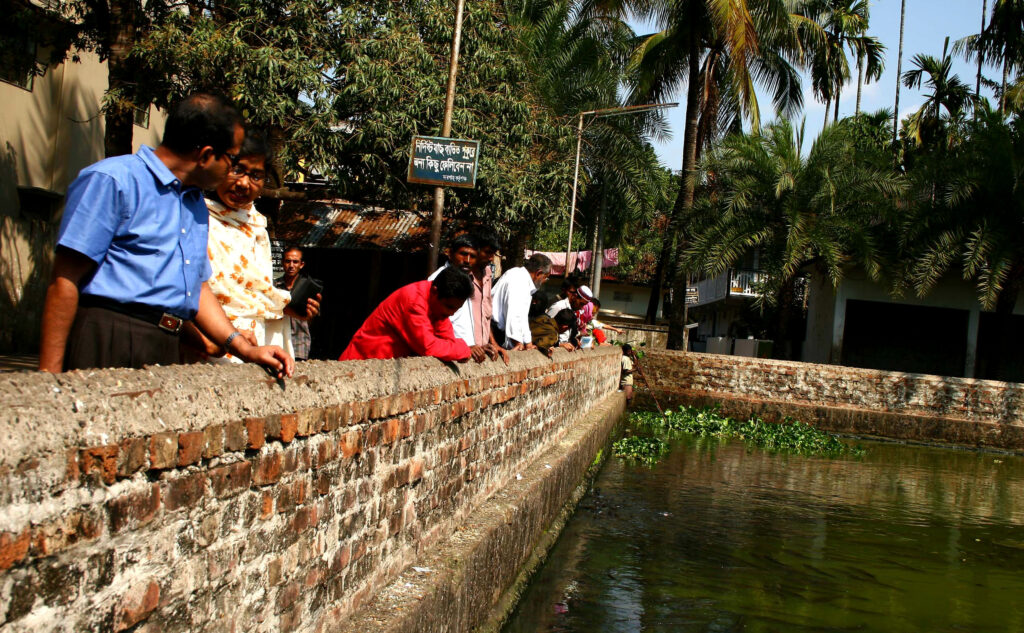
Some people claim that Sylhetis and Chittagongians are not Bengalis but are different ethnic groups or nations. I don’t know if that’s true or how to determine the validity of such a claim. Being angry and assertive, and trying to force people to think this way or that way, are unlikely to be useful ways of finding an answer.
The best way to resolve this issue may be through a referendum in Sylhet and Chittagong. Organising informed and detailed debates on the issue and then having free and fair votes may provide an answer, or maybe not. This may not only not resolve the issue but end up creating further problems if the referendum votes were to be non-overwhelming, one way or the other.
Another possible route would be to define and agree on what constitutes ethnicity or nation and then identify the uniqueness of Sylhet and Chittagong and show how they are different from the rest of Bengal. However, based on my knowledge of the peoples of Bengal and their cultures and traditions, it will also be very difficult, if not downright impossible, as it won’t be easy to find much of such uniqueness.
Often people use tactics of creating a poisonous atmosphere between groups and regions and then engineer conflict and violence to cause separation. However, using this method may backfire due to the nature of connectivity and shared cultural and religious links between peoples of the regions and how that have shaped communities living in Bengal.
I have been to various places in Bengal (Bangladesh and India), and I cannot see how Sylhetis and Chittagongians are uniquely different from the rest of the Bengali family. If you look at what people in Bengal eat, the pithas they make, their looks, the names of their dishes and ingredients they use, how they dress and greet one another, etc., it’s more or less the same or very similar across Bengal, with some differences mainly based on religion. However, each area does have some ‘certain permutationally combined uniqueness’ but is very limited in scope to justify separation into different ethnicity/nations.

Based on my experience interacting with Sylheti people in the UK, most identify as Bengalis, except a very few. They are very proud of being Sylhetis and their Sylheti identity and are also proud of being Bengalis and their Bengali identity. They want to see and are working hard to develop the economic, cultural and artistic potentials of Sylhet to feel more proud of the land of their origin.
Sylhet and Chittagong have been frontier areas of Bengal since the 14th Century. Sylhet became part of the Bengal Sultanate under Shamsuddin Firuz Shah’s rule and the arrival of Shah Jalal in around 1302, more or less at the same time when the Dhaka region also became part of the Bengal Sultanate. Chittagong changed hands between Bengal and Arakan several times and became a permanent part of the Subah Bengal in 1667 with the Moghul conquest and its capture from the Arakanese by Subahdar Shaista Khan, the Moghul viceroy in Bengal. Sylhet remained part of Bengal ever since until 1874 when it was taken out and included in Assam.
These two regions have been frontier areas of Bengal at least since the 14th Century, and are relevant to our recent history. Over several hundred years, people from many parts of Bengal, Turks, Afghans and others have moved into Sylhet and Chittagong. Turks, Afghans and others have also moved into other parts of Bengal. Many Brahman Hindus from North India also moved into Bengal, as well as some Portuguese who intermarried locally and left their mark. As a result, the population of Bengal, including Chittagong and Sylhet, are more or less similar, made up of the same mixes of blood, culture, tradition, food, and influenced by the local flora and fauna of Bengal.
Let the debate and discussion continue!